Fuji X-T1 first impressions
Having owned my Fuji X-T1 for a couple of days I thought I’d write a brief post on the features I find most outstanding in my limited experience.
First, for those unfamiliar with the Fuji X-T1, it’s an APS-C sensor mirror-less camera with interchangeable lens, electronic viewfinder, a good level of configurability, full weather sealing and excellent controls reminiscent of a 1970s film camera. It’s also true to say that it is made by one of the original camera manufacturers who have been in the business of making cameras for many years, and the quality of the unit is obvious as soon as you pick it up.
Although not a big camera by any means, it is slightly bigger than the Nex 6 I’m replacing, but it’s still a much easier camera to carry around than a full size DSLR.
Pictures of the Fuji X-T1
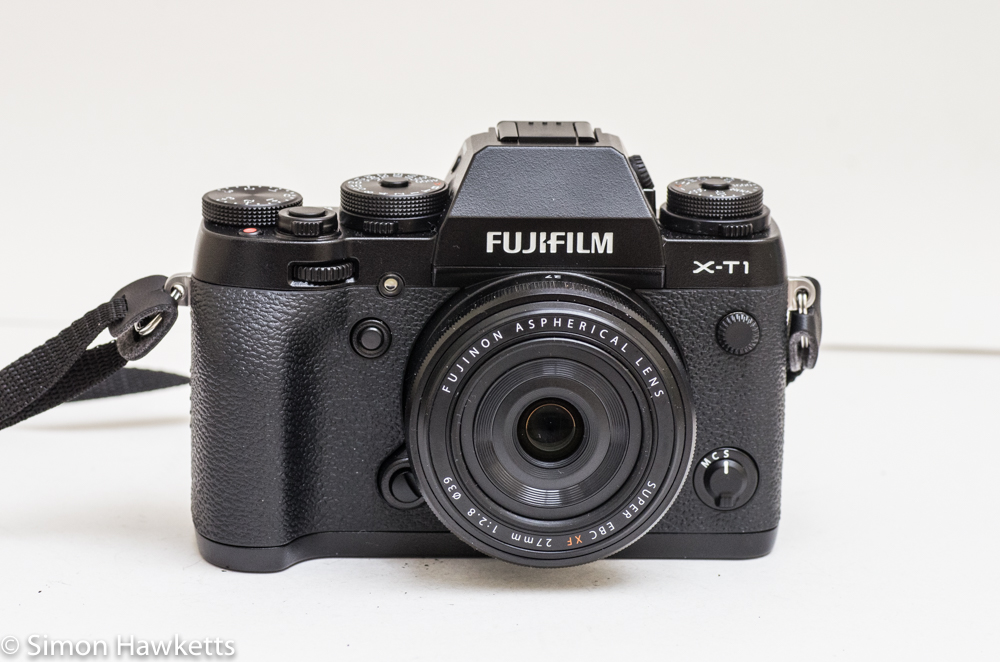
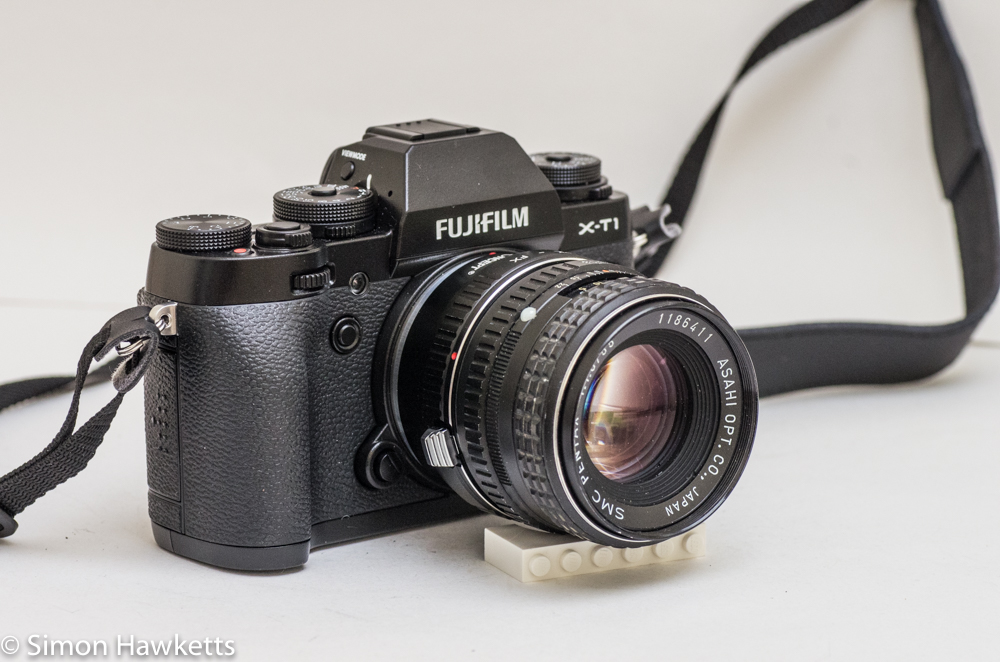
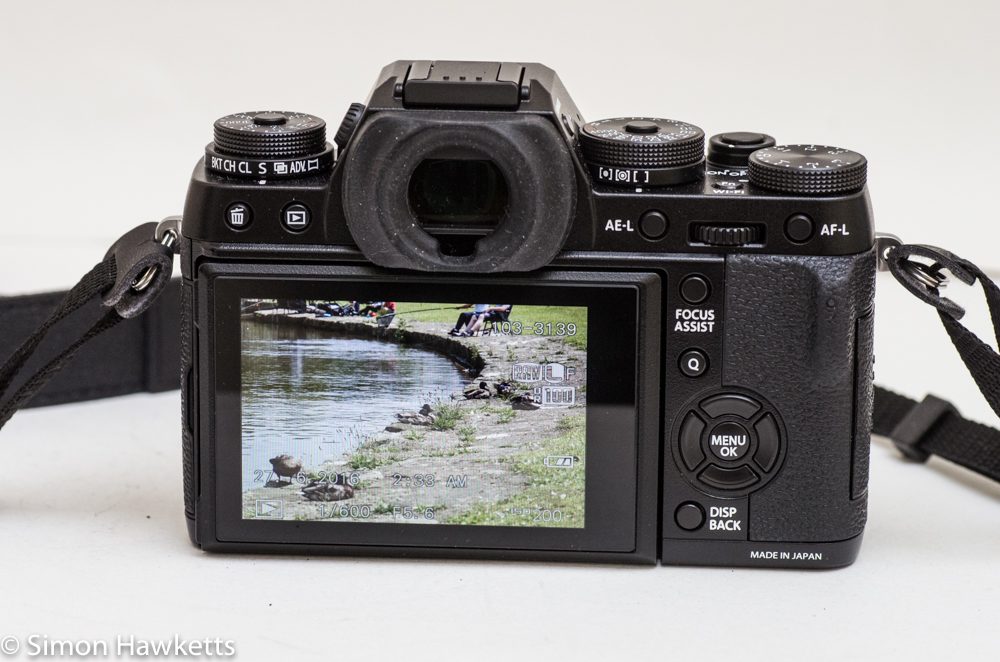
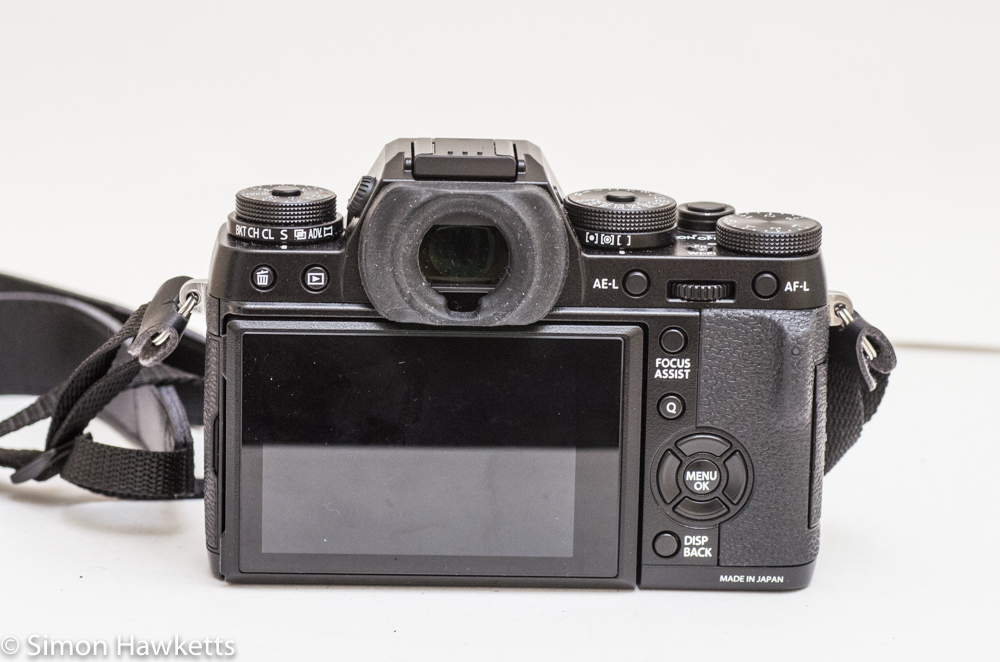
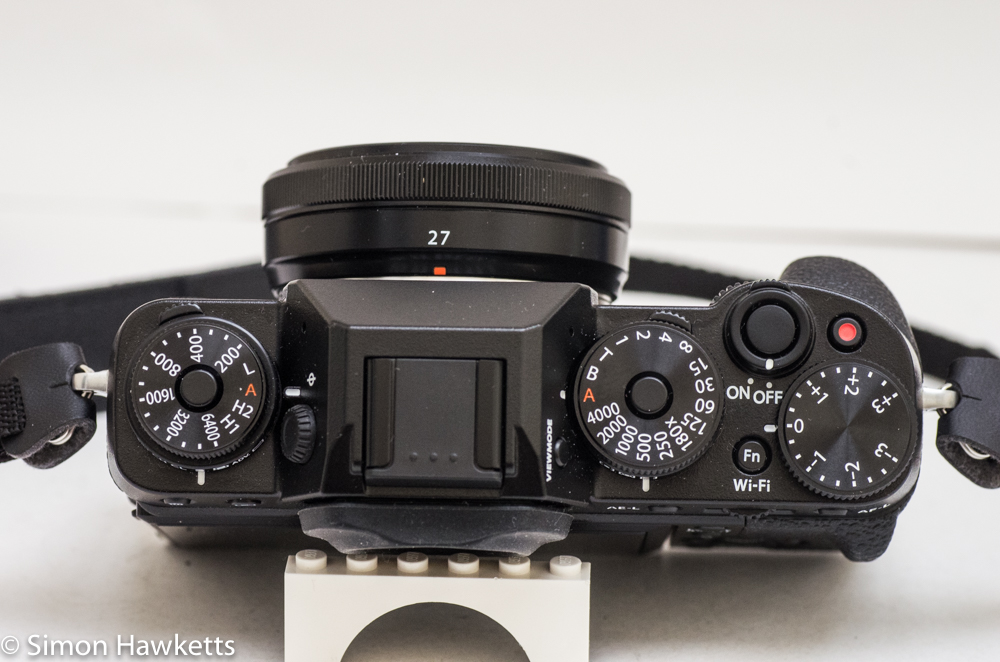

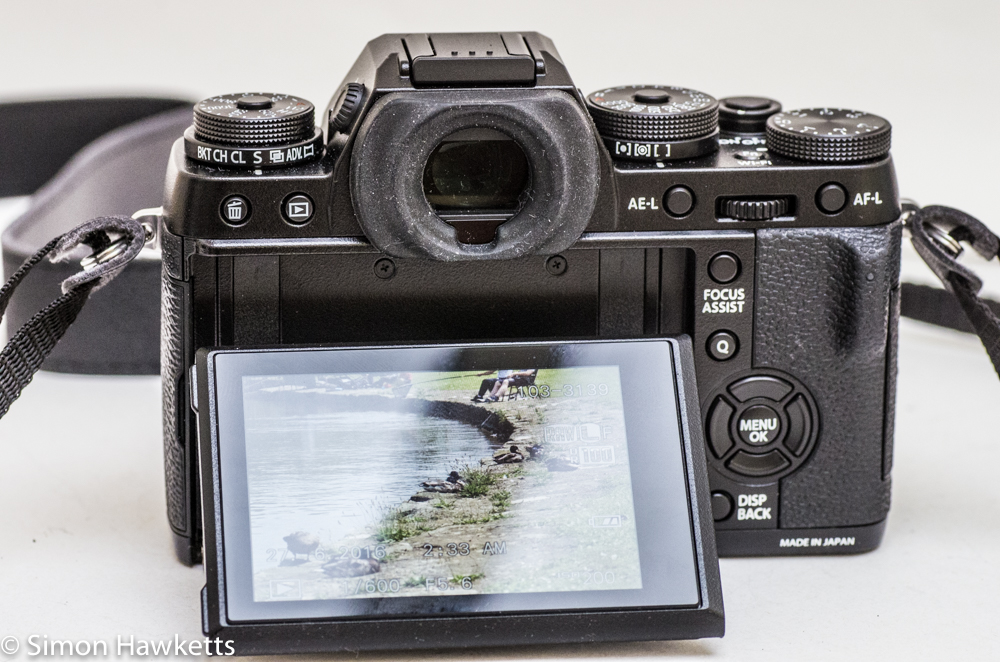
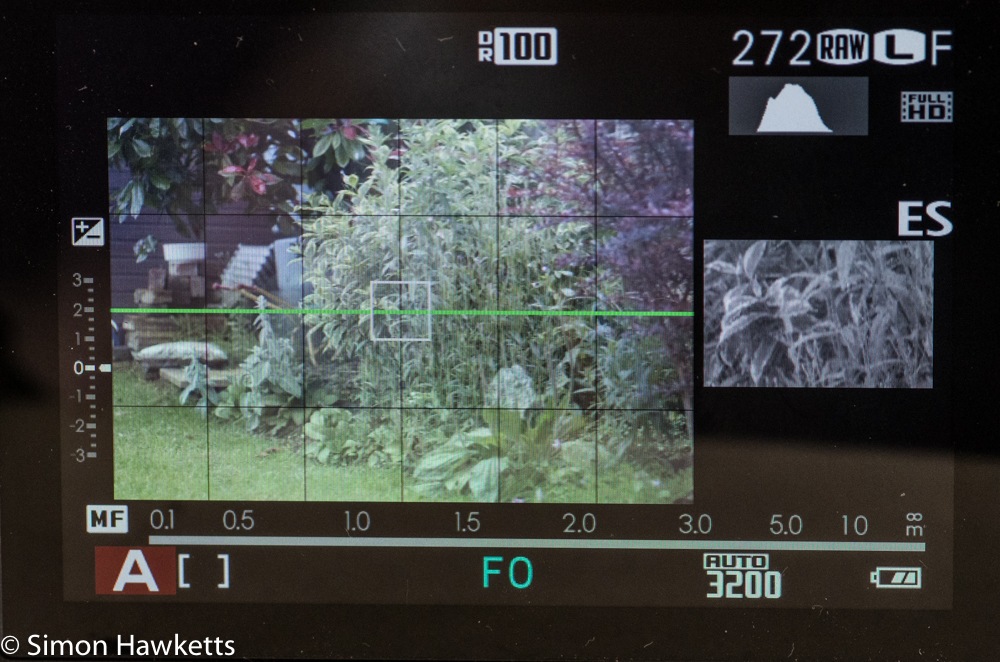
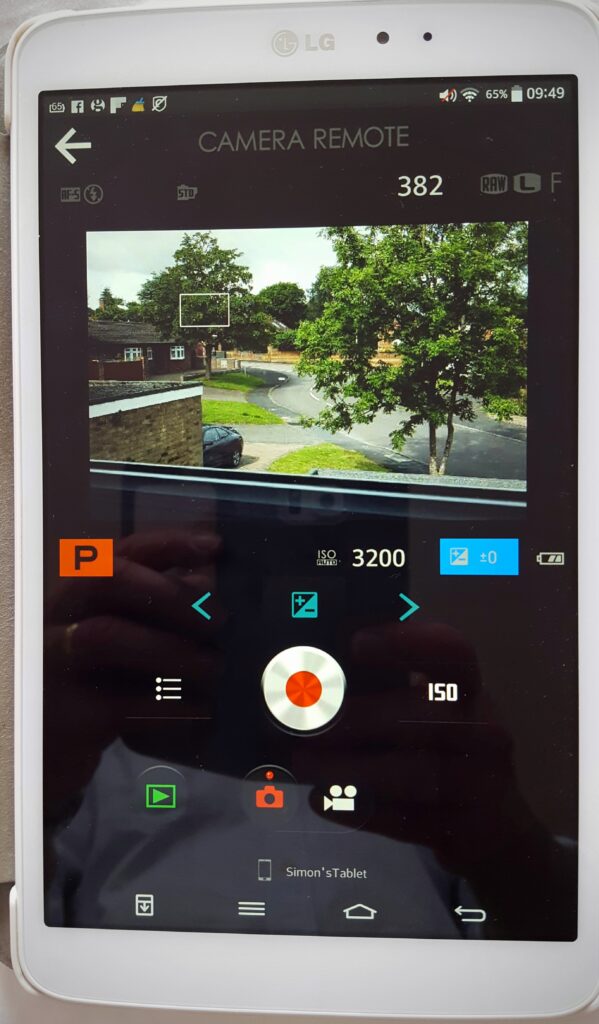
So the things I believe are the stand out features from my first few days with the Fuji X-T1 are:
Viewfinder
I had read quite a bit about the size and clarity of the EVF on the X-T1 before I first picked the camera up and it was one of the first things I wanted to check. Since I first bought my Sony Nex 6 a few years ago I’ve come to like using an EVF because of the addition of useful aids like focus peaking to when using manual focus lenses.
Well, the X-T1 is a step up from the Nex 6 for a number of reasons. For a start the size if very big, certainly the biggest viewfinder I’ve ever used on a mirror-less camera. Now admittedly I don’t have a great deal of experience of different mirror-less cameras, but it is certainly the biggest and best defined I’ve used.
If you are a user of vintage lenses then there are some real advantages with this camera. I find the focus peaking implementation the best I’ve used (better than the Ricoh GXR which was my previous favourite), much better defined than the Sony version. But the real ‘blow away’ focus assist aid in my view is the split rangefinder. This is an electronic version of the device used in many old film cameras where the picture is split along a horizontal line and as the focus is moved away from the optimum point the two halves of the picture moves away from each other horizontally. The camera can display this in the centre of the display, and because of the size of the viewfinder can also display it as a completely separate image next to the main view. This is shown in one of the pictures above, in that case on the back LCD because it was easier to photograph but it’s exactly the same in the viewfinder.
I also find the data display very comprehensive, covering everything you could need to know. I particularly like the focus display at the bottom of the screen which not only shows the distance the camera is focused on but also the depth of field, and the fact that the display rotates when the camera is moved to portrait mode. Note that in the picture above the F0 display is simply because a manual focus, M42 lens is fitted to the camera – with a native lens the aperture is displayed.
Remote App
The ability to control the camera via wifi using an app on a mobile device was something I had not really thought about prior to owning the camera, but is now one of the things I think makes the camera a real winner. Using the remote app it’s possible to control all the settings necessary to take pictures and the image displayed on the remote device allows you to select focus points by touch. An immediate use I can think of is to set up the camera on a tripod in the garden pointing at our bird feeder and then being able to remotely take pictures from inside the house. I haven’t yet tried this, but I’m assuming it will work as long as the signal will work over the distance of a few meters.
It also seems to be possible to browse and transfer pictures from the camera using the remote app, although I haven’t yet tried that.
Control Layout
The other stand out feature for me is the control layout of the X-T1. I like the inclusion of individual controls for shutter speed, iso, exposure compensation, metering, drive mode etc and find the camera much easier to use without needing to press softkeys set these functions. The X-T1 also has a good arrangement of configurable buttons to allow the secondary functions to be easily accessible – admittedly, it’s still early days since and I haven’t yet decided exactly how I want these set up, but there are enough of them to expect it to be easy to get the camera set up how I like.
Other things which I’ve liked since first trying the camera are:
- A nice comfortable grip so the camera feels secure in the hand
- A tilt LCD panel which is good for shots when the camera is held low or high
- The memory card is in a compartment on the side and not in the bottom. This makes it easy to change the card without taking the camera off a tripod for example.
- Separate switch for auto/manual focus – particularly good for vintage lens users
- Finally one hugely important factor – the picture quality seems to be superb.

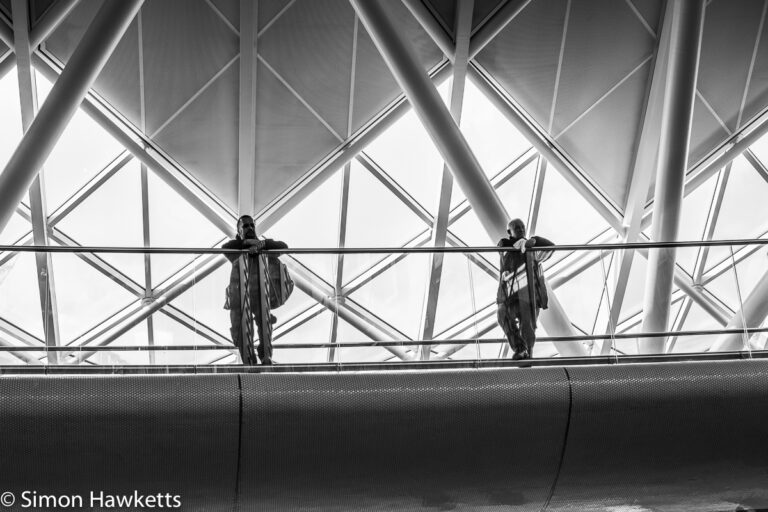

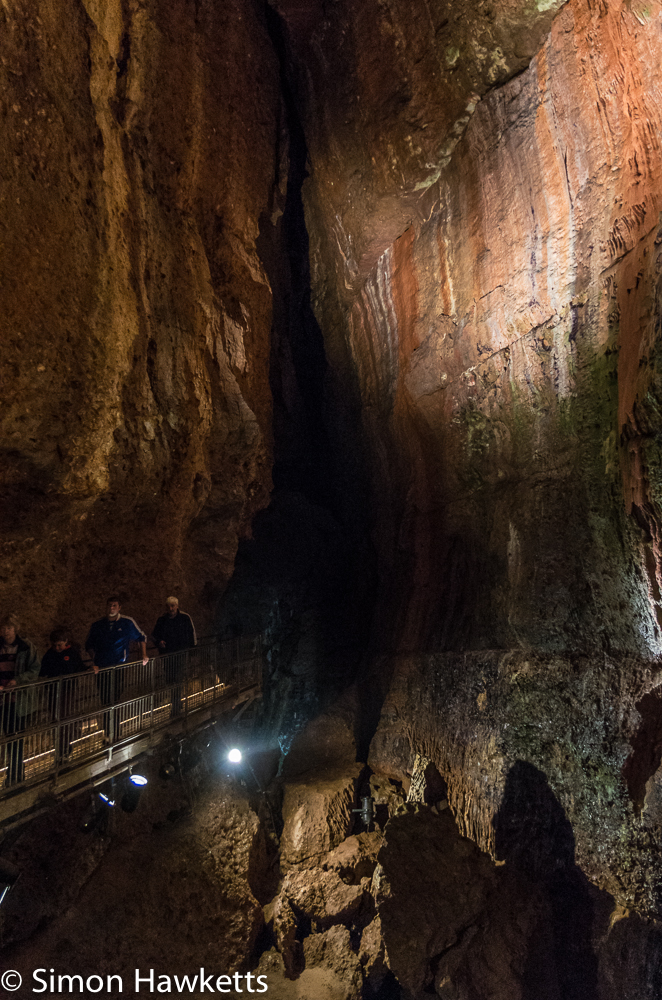

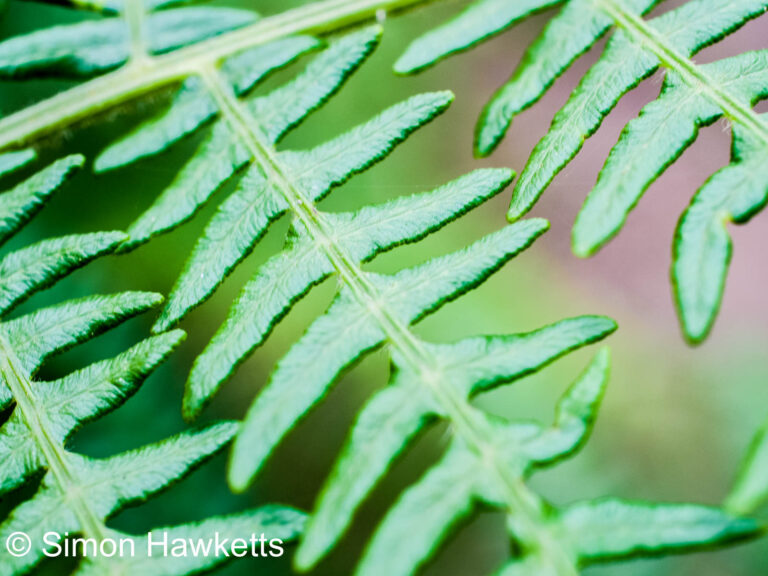
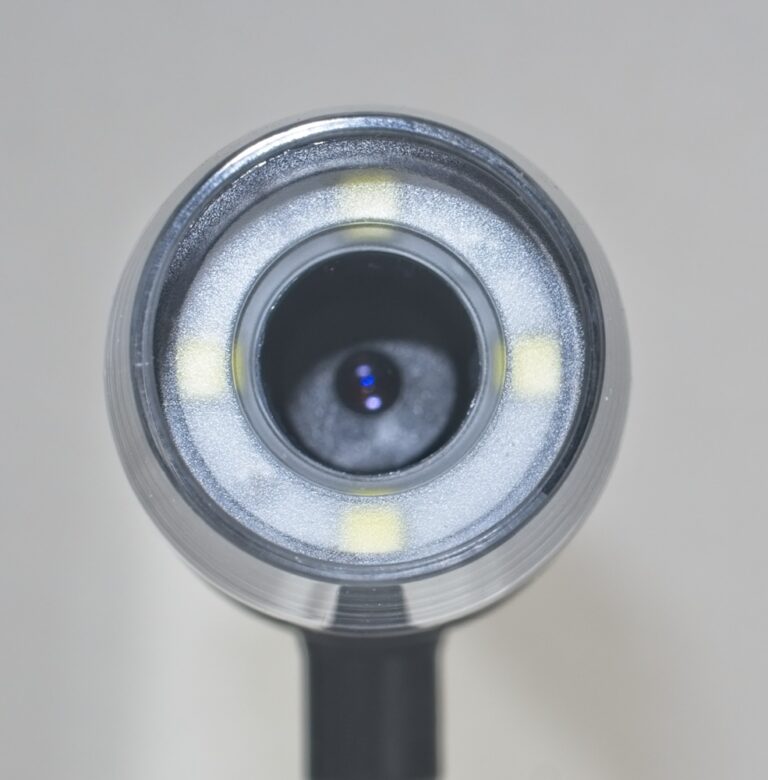
i think that more interesting to see the samples taken with this camera then again the images of the overall look. thank you for review
yes that’s true – I like to publish some pictures in my posts so I included a few of the camera itself but you are right that most people are more interested in the the image quality the camera produces. I’m going to try it with some classic vintage lenses soon and I’ll post the results using those.
Great Simon. I will wait for this update. Just the images of this camera possible to find in intenet in a huge amounts but not a good tests and samples 😉
[…] I would like to make an adapter to fit on my Fuji X-T1, but since this process would probably ruin an existing adapter I decided to try to make one for my […]
[…] the digital front it’s easy – I’ll take the new Fuji X-T1 which I got a few weeks […]
[…] while they had a battle re-enactment and I used it as an opportunity to take pictures with both my Fuji X-T1 mirror-less and Pentax MZ-3 35mm slr loaded with colour slide film. Although it will be few […]
[…] I would take along my Fuji X-T1 mirrorless camera, but because of the desire to take slide pictures as well, I decided on my Pentax K-5 dslr for […]
[…] Fuji X-T1 is one of the top cameras in Fuji’s pro level mirrorless camera range, and there is a very […]
[…] Fuji X-T1 is one of the top cameras in Fuji’s pro level mirrorless camera range, and there is a very […]
[…] I would take along my Fuji X-T1 mirrorless camera, but because of the desire to take slide pictures as well, I decided on my Pentax K-5 dslr for […]
[…] while they had a battle re-enactment and I used it as an opportunity to take pictures with both my Fuji X-T1 mirror-less and Pentax MZ-3 35mm slr loaded with colour slide film. Although it will be few […]
[…] I would like to make an adapter to fit on my Fuji X-T1, but since this process would probably ruin an existing adapter I decided to try to make one for my […]
[…] I wanted to try making camera lens mount adapters for some unusual combination of lens / camera. For example for the Topcon UV lens to Fuji X series. […]
[…] going to see if I can get a better image of that frame of the film using a macro lens on my Fuji XT-1 to see if the text can be read. It’s particularly annoying, because I’m pretty sure the […]
[…] the digital front it’s easy – I’ll take the new Fuji X-T1 which I got a few weeks […]
[…] The Auto Chinon 200mm f/3.5 telephoto lens is an M42 mount lens made originally for use on the Chinon CS and CX range of film cameras. An example can be picked up for almost no money on well known on-line auction sites and are easily adapted to use with a modern mirrorless camera like the Fuji X-T1. […]